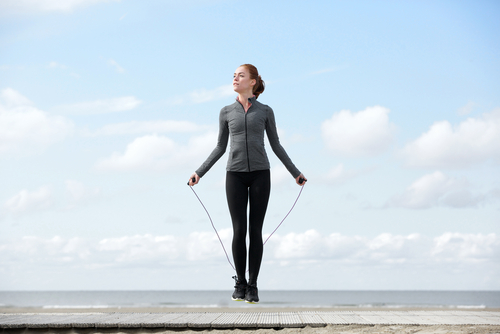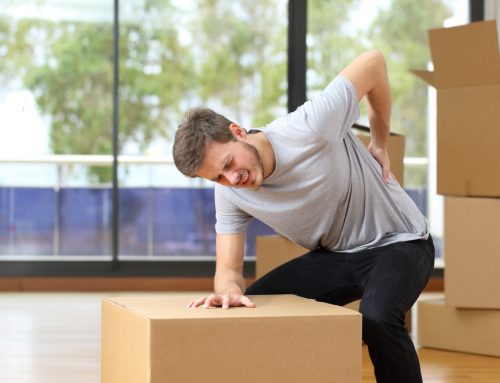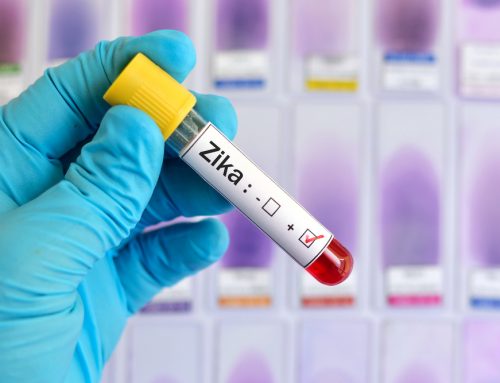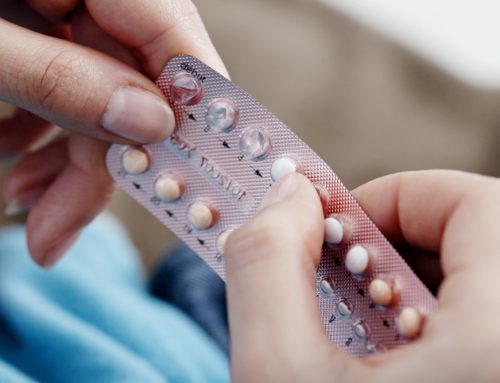Risk factors and symptoms
Osteoarthritis is the most common type of arthritis, affecting over 25 million Americans. While it can occur in any joint in the body, weight bearing joints such as the knees or hips are the most commonly affected by osteoarthritis.
Osteoarthritis is a degenerative type of arthritis and begins mild or even pain-free. With time the symptoms can worsen and the intensity can fluctuate.
People who are at risk for hip osteoarthritis are people over the age of 50, though young adults can still be affected. Being at the recommended body weight for your height and age is important in preventing joint damage. Being overweight greatly increases the stress placed on load-bearing joints and accelerates cartilage damage.
 Osteoarthritis is the gradual degeneration and wearing away of cartilage that protects both joint surfaces (ball and socket). This is different from rheumatoid arthritis which is an autoimmune inflammation of the joint membranes that leads to joint degeneration and to swelling and pain.
Osteoarthritis is the gradual degeneration and wearing away of cartilage that protects both joint surfaces (ball and socket). This is different from rheumatoid arthritis which is an autoimmune inflammation of the joint membranes that leads to joint degeneration and to swelling and pain.
The hip joints are the body’s largest and most important joints used in almost every movement we make. The hip socket (acetabulum) and femoral head (head of the femur bone) are both covered by cartilage. The thick cartilage layer in the socket is called the labrum. A labral defect (tear or break) can be very painful and is difficult to heal on its own. When the labrum becomes defective and the cartilage on the head of the femure becomes worn out, Hip Joint osteoarthritis is usually diagnosed.
Symptoms of hip joint osteoarthritis can include: pain that gets worse with physical activity or prolonged periods of inactivity, pain in the deep groin or thigh, decreased range of motion that can interfere with normal activities such as walking or running. Some people develop a limp.. Other symptoms of Hip joint OA include: difficulty bending, difficulty turning,, a grinding or clicking pain or sound in the joint and joint swelling.
When the socket and femur bones rub together, small growths of bone called osteophytes may develop. These osteophytes may also cause pain. Osteophytes are also called bone spurs.
Knee osteoarthritis is also very painful because a person may have three bones rubbing onto bone area that is lacking cartilage or osteophytes.
High impact exercises such as jogging and impact aerobics can also increase damage to joints. Appropriate exercises such as swimming or walking are less stressful and may increase muscle strength and joint movement without further injuring cartilage.








Leave A Comment